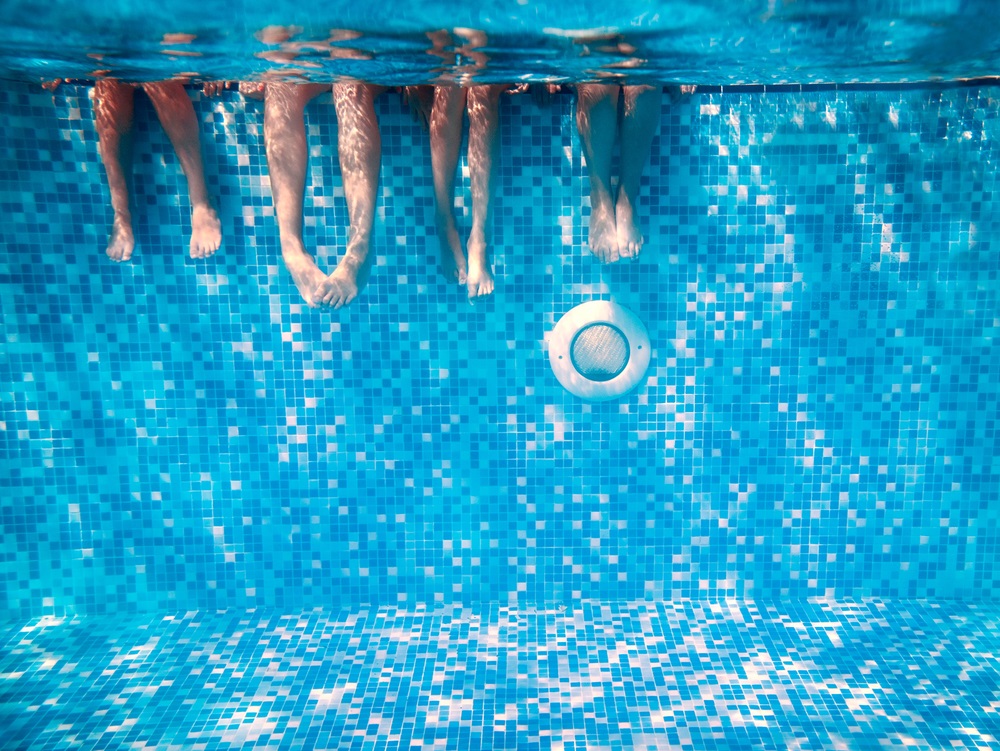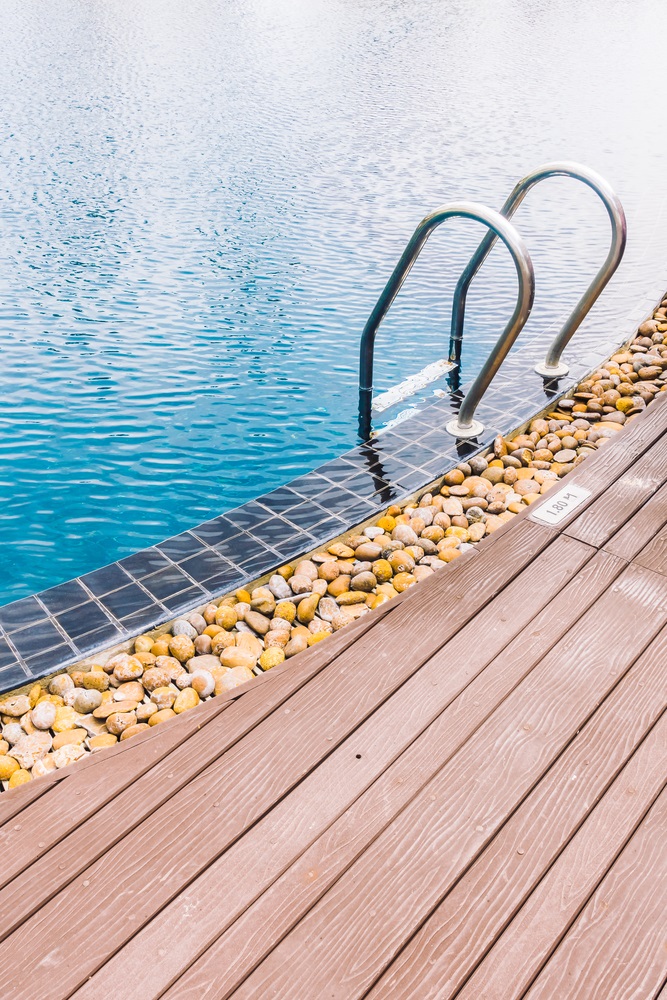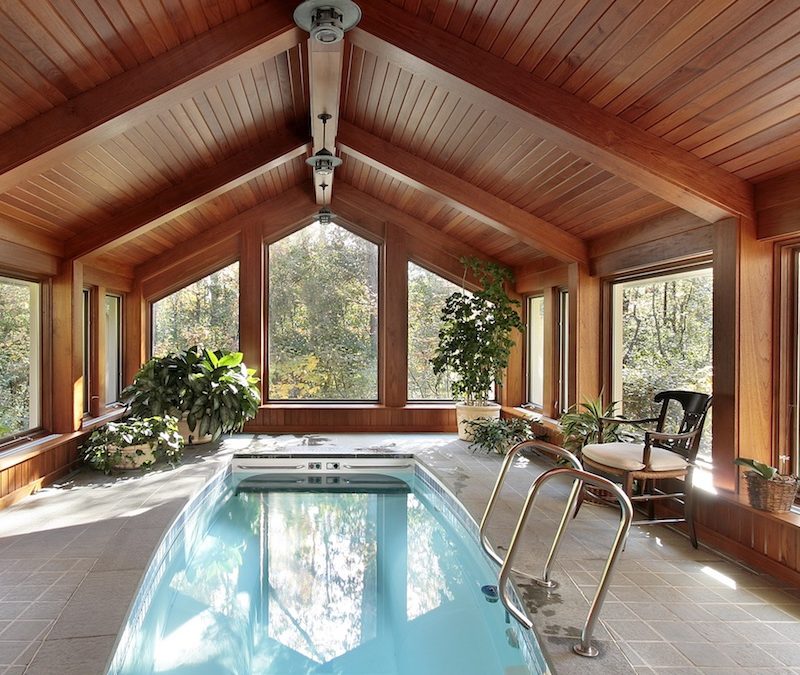Swimming pools have never been considered particularly environmentally-friendly nor ecologically great for the environment. It doesn’t have to be that way, though. Swimming pool owners across the country are looking for ways to live a greener, more eco-friendly lifestyle and that extends to their swimming pool and hot tub.
Because pool owners want to have a pool that is eco-friendly, they are seeking pool contractors who can help make that dream a reality. You don’t have to go all-in with an eco-friendly swimming pool but you can take baby steps to bring an eco-friendly pool dream to fruition.
Swimming pool facts
A 15×30-foot backyard pool requires 38,000 gallons of water per year. This includes filling it and the ongoing requirement to keep refilling it due to splash-out or evaporation. That 38,000 is more water than the average amount consumed by all of the people in any one state in the United States! Unbelievable!
Factor in that swimming pools in the United States consume more than 10 billion kilowatt-hours of energy each year and you can see how pools are generally not eco-friendly. The 10 billion kilowatt hours emits more than 7 million tons of carbon dioxide into the atmosphere and that is absorbed by the more than 5 million acres of forest across the United States annually; this is a strain on a precious natural resource, to be sure.
Is It Time For An Eco-Friendly Swimming Pool?
Before you pull the plug on the pool and drain out all of the water, stop! You can have a swimming pool that is more environmentally friendly than you may image. You may need to budget for the cost of new equipment and may need to incorporate some other eco-friendly measures into your pool care, but it can be done.
You can start by making a few tweaks, after you’ve talked with your swimming pool service pro and look for ways to be more green in your backyard with the pool (and we don’t mean algae!)
Have a more environmentally-friendly pool this season
 Cover it. One of the biggest and best and least expensive ways to be more eco-friendly is by covering your swimming pool when it’s not in use. When you put the cover on the pool you’re:
Cover it. One of the biggest and best and least expensive ways to be more eco-friendly is by covering your swimming pool when it’s not in use. When you put the cover on the pool you’re:
- Reducing the rate at which the water evaporates.
- Water that is evaporating at a slower rate will use fewer chemicals
- The heat from the water will be trapped inside and if you use a pool heater this will save energy
- A covered pool will stay cleaner, longer
A swimming pool can lose between four and six feet of water annually.
Choose a cover that works with your lifestyle and your unique pool shape and your lifestyle. There are many types from which to choose. If you have a pool that would be cumbersome to put on and take off the cover, talk with your pool contractor about installing tracks on which the cover can be opened and closed (either by hand crank or an electric style)
Filters matter. It may seem that a diatomaceous earth (DE) pool filter is the most environmentally-friendly style, but you’d be wrong! A DE filter can do more harm than good to the environment. Why? They need to be backwashed and backwashing a sand or a DE filter means you will have to use more than 200 gallons of water to complete the task. Factor in that a pool filter needs to be backwashed every month — give or take — and you’re using up to 4,000 gallons of water annually just for backwashing! That is a lot of water.
While a cartridge filter is more work to clean it is better for the environment and the pool won’t have to be backwashed. To clean a cartridge filter, pull it out, hose it off, clean out any trapped debris, let it dry then put it back in.
Speed matters. One of the best investments you can make — even thought it has an upfront cost — is to get a variable speed pool pump. You can buy one and have it installed for less than $2,000 and it will pay for itself many times over.
A variable speed pump runs faster and uses more energy when it’s doing a big task like operating the vacuum. When the pump is simply circulating the water through the pool and into the filter, it will run at a slower rate and that is an energy saving measure.
 Switch to ozone. If you have an ozone generator installed, it will operate much the same as a saltwater pool converter. Rather than converting salt to chlorine, though, an ozone generator draws in air into a chamber filled with electrodes that break down the molecules in oxygen and converts them to ozone.
Switch to ozone. If you have an ozone generator installed, it will operate much the same as a saltwater pool converter. Rather than converting salt to chlorine, though, an ozone generator draws in air into a chamber filled with electrodes that break down the molecules in oxygen and converts them to ozone.
The converted ozone is pushed back into the water to kill organic material, sanitize the water and kill bacteria. The ozone, eventually converts back to oxygen — viola — safe and eco-friendly.
Light matters. You definitely don’t want to swim in the dark; it’s dangerous and not much fun! If you’re going to light your swimming pool, and you should, light it up with LED lights. LED lighting burn brighter than halogen and incandescent lights and use much less energy.
LED lighting is versatile, too. Ask your pool contractor about installing lights and perhaps a light board that allows you to change the color and the intensity of the pool lighting. It’s a great way to light up the pool and set the mood for a romantic night swim or a nighttime pool party.
Eco-friendly bottom line
Set a budget for making some eco-friendly upgrades to your swimming pool. Ask your pool contractor for advice on how long it will take you to see a return on your investment and then take some steps to have a more eco-friendly swimming pool that reduces its carbon footprint, lessens the amount of greenhouse gasses released into the atmosphere and help you conserve water and electricity.

